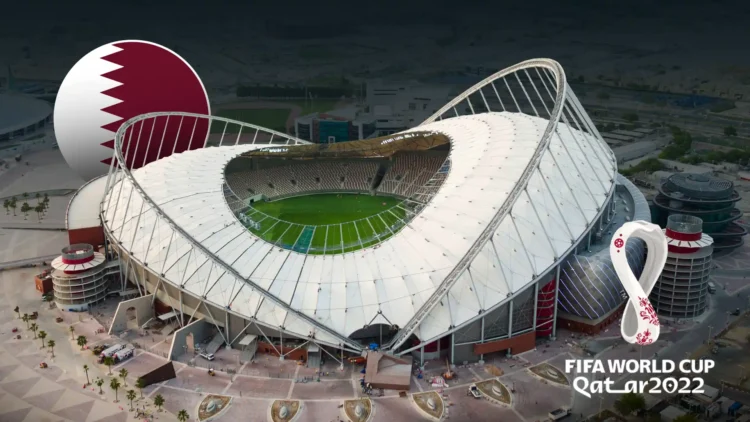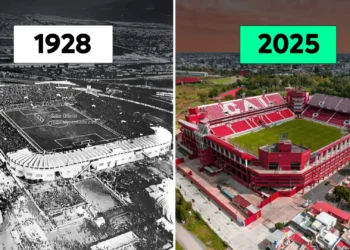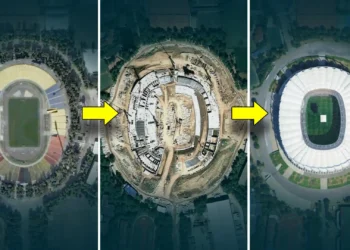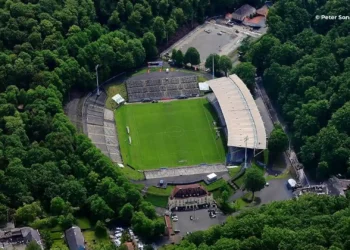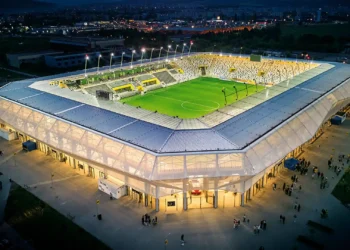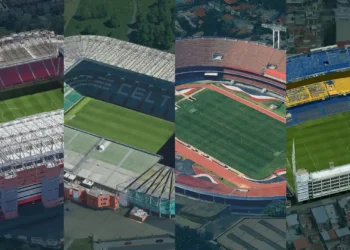The 2022 FIFA World Cup in Qatar was historic: the first World Cup held in the Middle East, the first in winter, and one of the most compact tournaments ever staged, with all stadiums located within ~50 km of Doha.
To host the event, Qatar built or fully rebuilt 8 state-of-the-art stadiums. With sustainability and legacy in mind, several venues were designed to be downsized, repurposed, or even dismantled. Three years later, how are these futuristic arenas being used?
Stadium-by-Stadium Breakdown
🏟️ Lusail Stadium (Lusail)
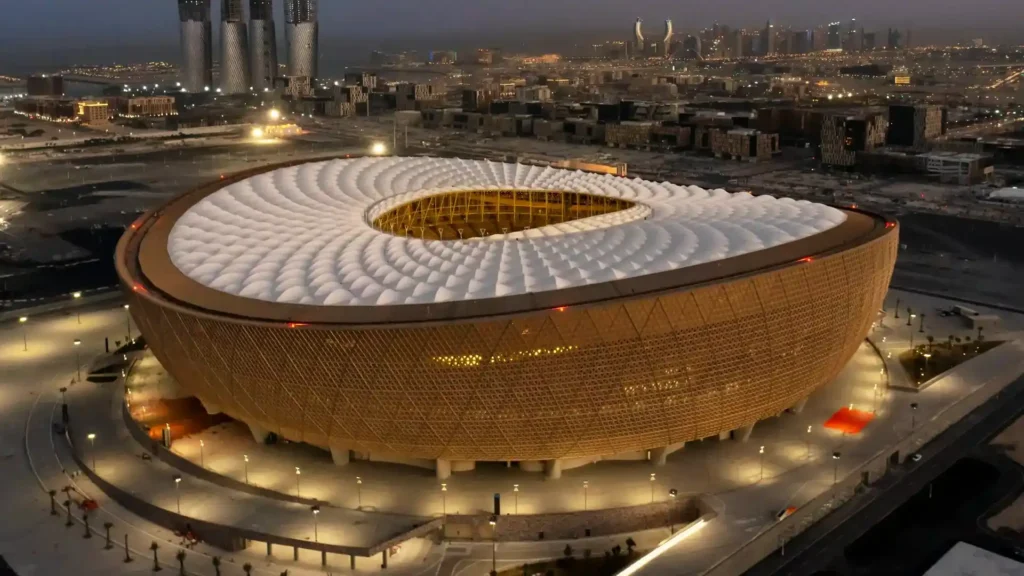
- Status: Active, but limited use
- Capacity: 88,000 (largest in Qatar).
- Hosted the 2022 final (Argentina vs France).
- Plans to downsize to ~40,000 with parts converted into community spaces (schools, shops, clinics).
- Currently used only for major events, not regular football.
🏟️ Al Bayt Stadium (Al Khor)
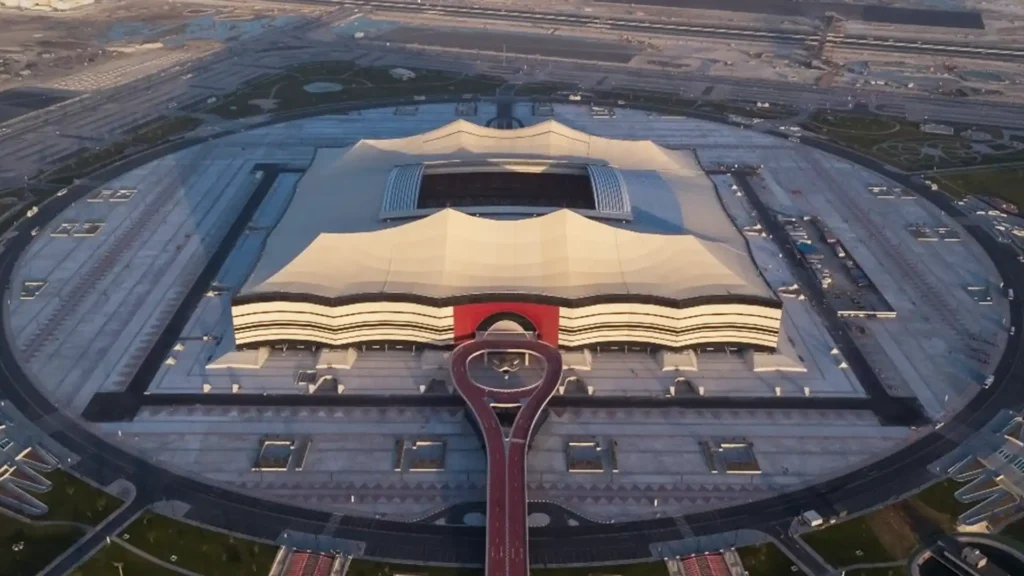
- Status: Underused
- Capacity: 60,000.
- Famous for its tent-inspired design.
- Used during the Asian Cup 2023 but rarely filled otherwise due to remote location.
- Legacy plans include turning parts into a hotel, shopping center, and sports facilities.
🏟️ Education City Stadium (Al Rayyan)
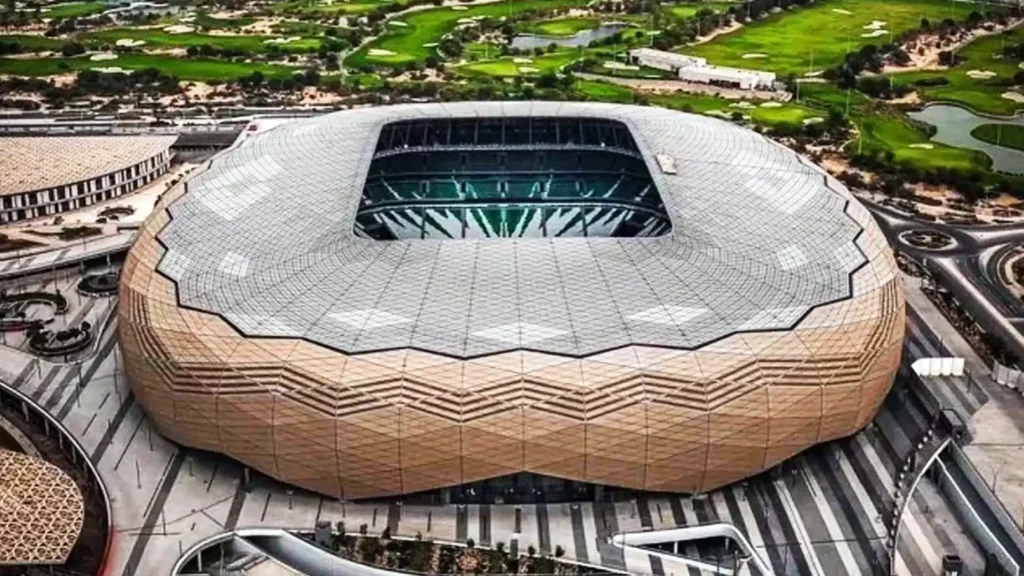
- Status: Active
- Capacity: 45,000 (to be reduced to 25,000).
- Located within Qatar Foundation’s campus.
- Hosting Qatar Stars League (QSL) matches and community sports.
- Downsizing process ongoing, with excess seats donated to developing nations.
🏟️ Ahmad bin Ali Stadium (Al Rayyan)
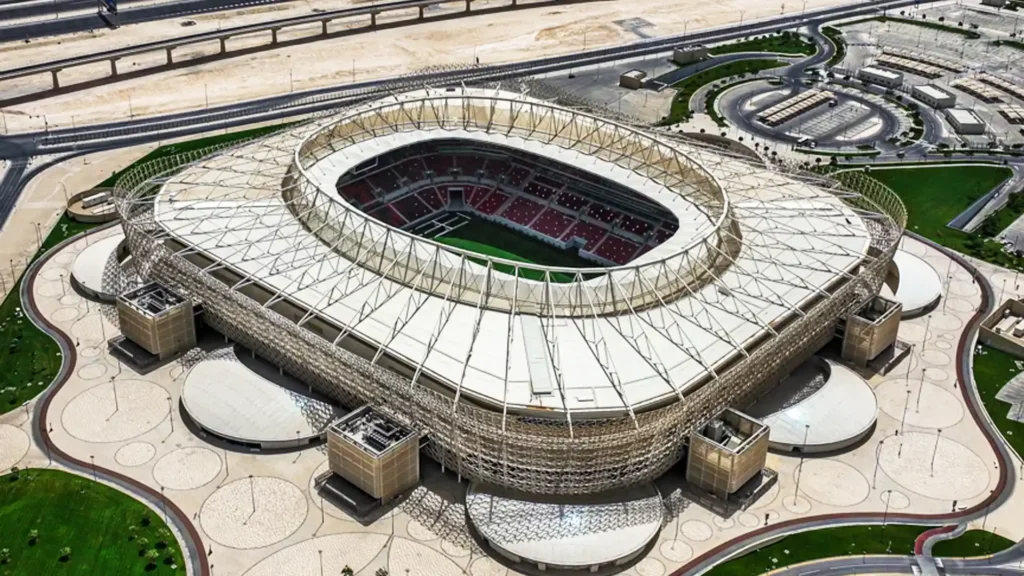
- Status: Active
- Capacity: 45,000.
- Home of Al-Rayyan SC (QSL).
- Hosting domestic league games and used in the 2023 Asian Cup.
🏟️ Khalifa International Stadium (Doha)
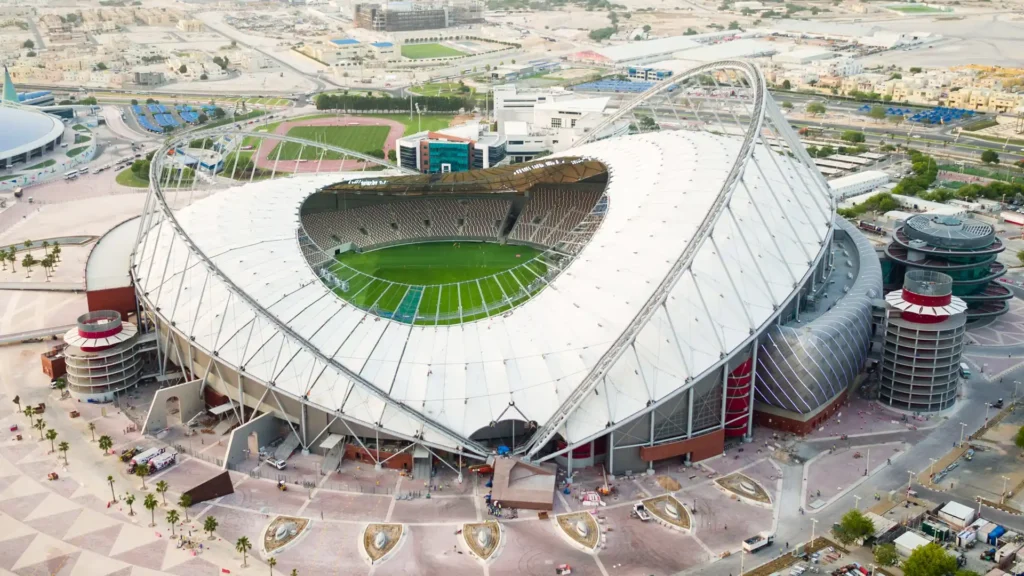
- Status: Thriving
- Capacity: 45,000.
- Qatar’s long-standing national stadium, renovated for 2022.
- Hosts national team matches, athletics, and club games.
- Most regularly used of all the World Cup venues.
🏟️ Stadium 974 (Doha)
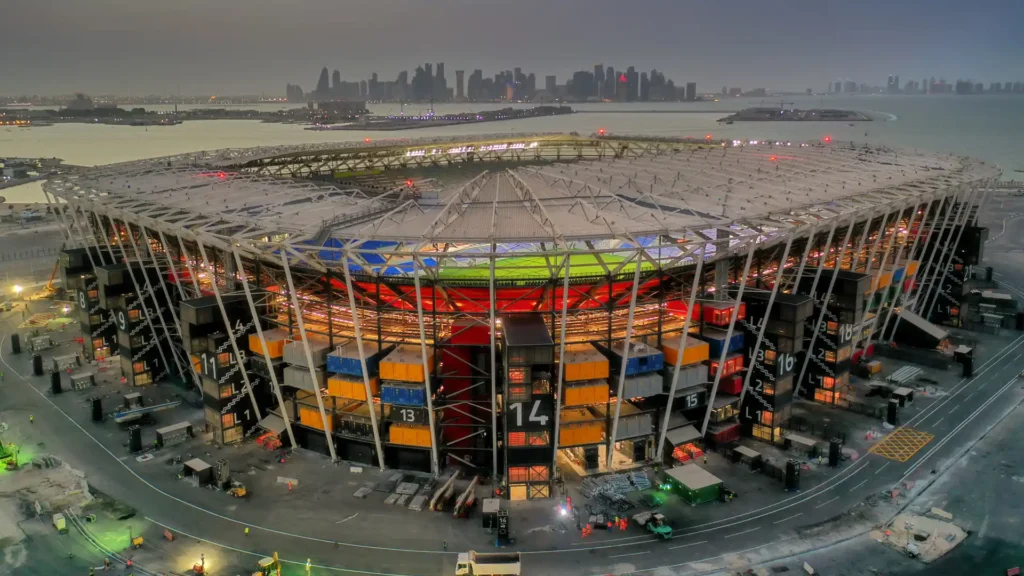
- Status: Dismantled soon
- Capacity: 40,000.
- Built entirely from shipping containers and modular steel.
- Demolished after the World Cup as planned.
- Materials expected to be reused for other sports projects abroad.
🏟️ Al Janoub Stadium (Al Wakrah)
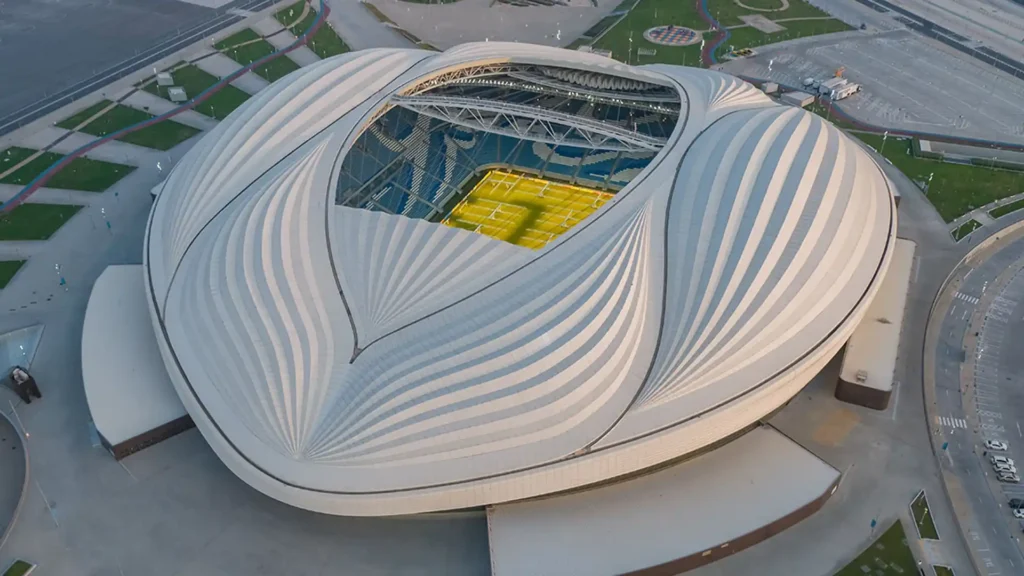
- Status: Active but low attendance
- Capacity: 40,000.
- Home of Al-Wakrah SC (QSL).
- Used in the Asian Cup 2023 but struggles to fill seats.
🏟️ Al Thumama Stadium (Doha)
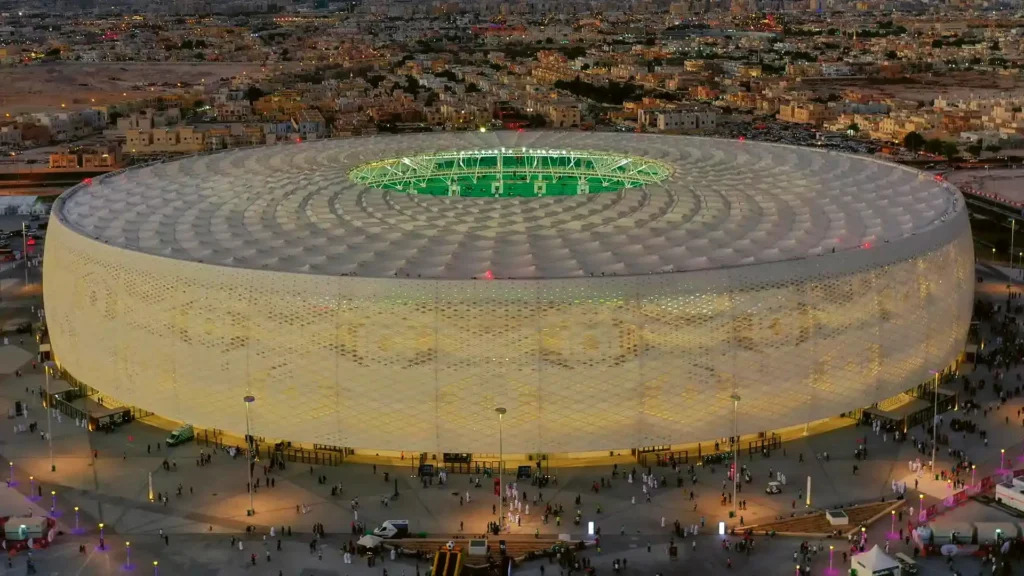
- Status: Active
- Capacity: 40,000 (planned reduction to 20,000).
- Hosts local football, national team fixtures, and occasional events.
- Downsizing plans include community facilities and a sports clinic.
Winners and Losers
✅ Thriving/Most Used: Khalifa International, Ahmad bin Ali, Education City, Al Thumama.
👌 Occasional Use: Lusail (big events only), Al Janoub.
❌ Struggling/Underused: Al Bayt (remote, rarely full).
🛠️ Gone: Stadium 974 (dismantled).
Conclusion
The Qatar 2022 stadiums represent a unique legacy in World Cup history:
- Heavy focus on sustainability and modular design.
- Several venues are being downsized to suit local demand.
- One (Stadium 974) has already been dismantled — a first in World Cup history.
But challenges remain: Qatar’s small population and modest domestic league make it difficult to regularly fill so many large venues. Time will tell whether their innovative legacy plans succeed — or if some stadiums risk falling into underuse.
Lesson: Building with legacy in mind is crucial — but ensuring long-term demand is just as important.
Read Also

